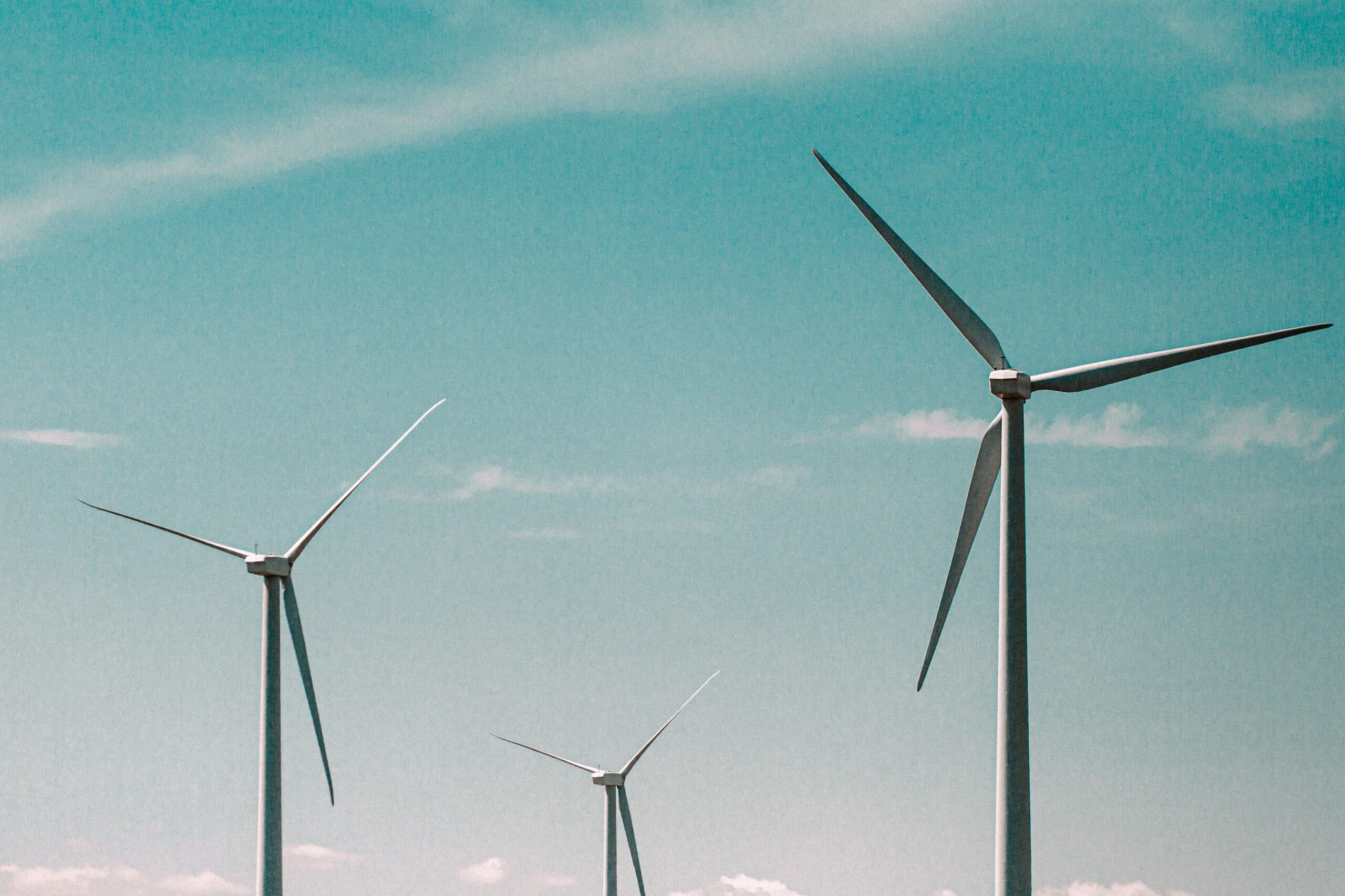Introduction
The market has found a near-term balance point. With cash-constrained developers needing funding to scale new ACCU generation and the large emitters looking for large-scale volumes with price certainty, the front end of the market has become the focal point of trade.
Market Misconceptions and Price Hikes
Despite reports of an oversupply, the reality demonstrates otherwise. Price increases in the 2-3 year range suggest that hedging strategies are not being fully utilized. Clima identify medium-term risks, particularly in credit delivery failures, as some of the most significant unpriced risks in the market today.
| ACCU Type | Bid Price | Offer Price | Volume | Demand | <2years Outlook | >2years Outlook |
|---|---|---|---|---|---|---|
| Generic | 30.50 | 31.25 | High | High | Good | Deteriorating |
| HIR | 34.00 | 34.75 | High | High | Good | Deteriorating |
| Savannah | 36.00 | 37.00 | Low | Low | Low | Deteriorating |
| Indig Savannah | 48.00 | 50.00 | Low | High | Low | Deteriorating |
| Soil Carbon | 38.00 | 40.00 | Low | Low | High | Flat to generic |
| Reforestation (EP) | 59.00 | 62.00 | Low | High | Improving | Constructive |
Efficiency Misunderstood in the Carbon Market
Contrary to common belief, the Australian Carbon Market is far from efficient. With over 90 years of combined experience in financial markets, our team at Clima has witnessed the stark inefficiencies first-hand, challenging the linear modelling that fails to account for the variable nature of carbon capture.
The Concept of Delivery Risk
Delivery risk pertains to the credibility and reliability of ACCU generation methods. Some methodologies are losing market favor due to performance issues, raising significant concerns for future contracted deliveries.
Director’s Dilemma and Market Discrimination
Directors face an array of risks, from financial to climate disclosure. The liability associated with purchasing ineffective ACCUs is steering the market away from certain credit types, as evidenced by the declining acceptance of Avoided Deforestation credits.
Nature-Based ACCUs and Supply Constraints
Our market observations suggest that the supply of nature-based ACCUs is more constrained than current models predict. We examine well-regarded methods like Environmental Planting, Soil Carbon, and Savannah Burning, all of which are subject to climatic risks that impact supply.
Environmental Factors Impacting ACCU Issuance
Factors such as fires in Cape York and the NT and the onset of multi-year El Niño weather events affect carbon capture rates, challenging the expectations set by existing models. These environmental variables introduce significant supply risks for methods like Environmental Planting and Soil Carbon projects.
Conclusion: The Complexity of Carbon Capture in Australia
Clima collaborates with Australia’s leading experts in forestry, savannah burning, and soil carbon to navigate the complex and weather-dependent challenges of carbon capture. Understanding these intricacies allows us to better forecast the Australian Carbon Market’s price potential from a more informed perspective.


